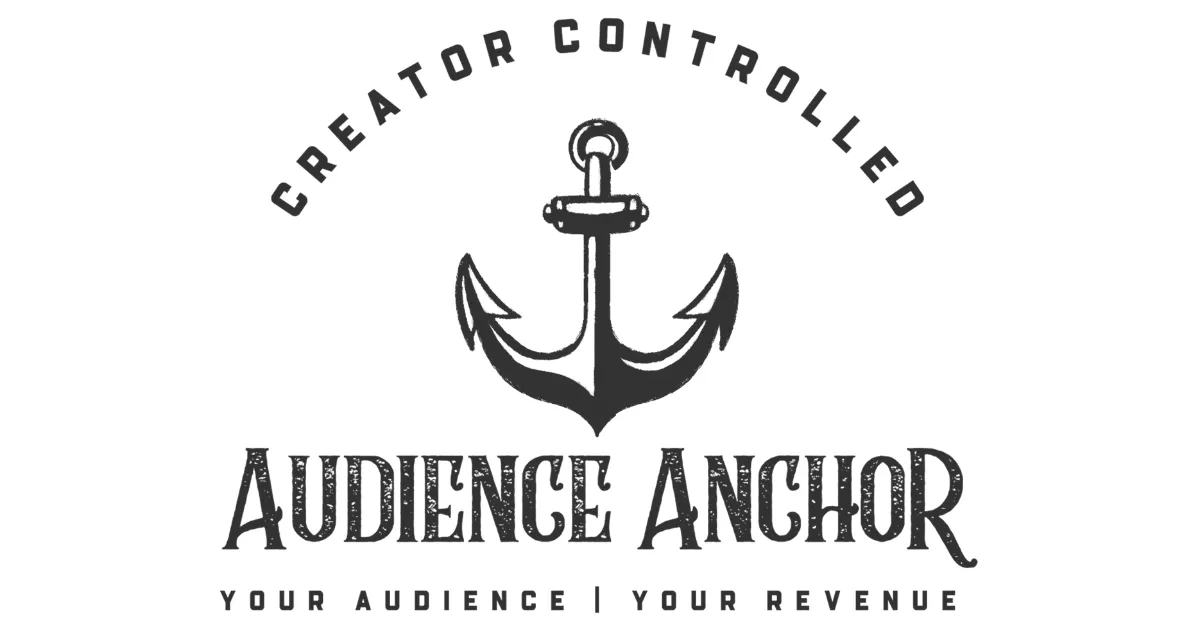
Shadow Ban
“Elon Musk says the company found deeply-buried code that shadow-banned user accounts and prevented them from trending.” - (June 17, 2023)
The Shadow Ban Problem: How Content Creators Are Silenced and Why It Matters
In the fast-paced world of social media, content creators rely on platforms like Instagram, TikTok, YouTube, and X to build their audiences, share their work, and, for many, earn a living. However, a growing issue threatens their ability to thrive: shadow banning. This subtle yet insidious practice is a major problem for creators, stifling their reach, undermining their efforts, and raising serious concerns about transparency and fairness in the digital space.
What Is Shadow Banning?
Shadow banning occurs when a social media platform restricts a user’s content visibility without explicitly notifying them. Unlike an outright ban, where a creator is informed of a violation and their account is suspended, shadow banning operates in the shadows (hence the name). A creator’s posts may stop appearing in feeds, hashtags, or explore pages, or their content may be demoted in algorithms, drastically reducing engagement. The catch? The creator often has no idea it’s happening until they notice a sharp drop in views, likes, or follower growth.
Platforms use shadow banning to moderate content they deem inappropriate, misleading, or against community guidelines. This could include anything from explicit material to posts flagged for misinformation or even vague infractions like “spammy behavior.” The lack of clear communication leaves creators guessing, as they’re left to piece together why their reach has plummeted.
How Do Content Creators Get Shadow Banned?
Shadow bans are typically triggered by algorithms or manual moderation, but the process is opaque. Here are some common reasons creators might face this restriction:
Algorithmic Flagging: Platforms rely on AI to detect content that violates guidelines. However, these systems can misinterpret context. For example, a post discussing sensitive topics like mental health or social justice might be flagged as “controversial” even if it’s educational.
Keyword Missteps: Certain words or hashtags, even innocuous ones, can trigger restrictions. Creators experimenting with trending hashtags or discussing hot-button issues might unknowingly trip the system.
Mass Reporting: Competitors, trolls, or coordinated groups can report a creator’s content en masse, prompting platforms to limit their visibility as a precaution, even if the reports are baseless.
Inconsistent Guidelines: Platforms often update their community standards, but these changes are rarely communicated clearly. A creator who was compliant one day might find their content flagged the next due to a shift in policy.
Overuse of Features: Posting too frequently, using automation tools, or engaging in rapid follower growth tactics (like giveaways) can be mistaken for spammy behavior, leading to a shadow ban.
The problem is exacerbated by the lack of transparency. Platforms rarely confirm shadow bans exist, let alone explain why they’re applied. Creators are left in the dark, unable to appeal or correct their supposed violations.
Why Shadow Banning Is a Big Problem
Shadow banning isn’t just a minor inconvenience—it’s a significant issue that impacts creators’ livelihoods, mental health, and the broader digital ecosystem. Here’s why it’s such a big deal:
1. It Undermines Livelihoods
For many creators, social media is their primary source of income. A shadow ban can slash their visibility, reducing engagement and, by extension, revenue from sponsorships, ad monetization, or merchandise sales. Small businesses and independent creators, who often lack the resources to pivot quickly, are hit hardest. Without warning or recourse, their ability to earn a living is jeopardized.
2. It Stifles Creativity and Free Expression
Creators thrive on pushing boundaries, whether through art, humor, or social commentary. Shadow banning creates a chilling effect, where creators self-censor to avoid potential restrictions. This stifles innovation and diversity of thought, as creators stick to “safe” content to stay in the algorithm’s good graces. The result is a homogenized digital landscape that prioritizes conformity over creativity.
3. It Erodes Trust in Platforms
The secretive nature of shadow banning breeds distrust. Creators invest significant time and money into building their presence, only to have their reach throttled without explanation. This lack of accountability frustrates users and fuels skepticism about platform fairness. If creators can’t rely on consistent rules, how can they build sustainable careers?
4. It Disproportionately Affects Marginalized Voices
Shadow bans often disproportionately impact creators from marginalized communities. Content addressing issues like racial justice, gender identity, or political activism is more likely to be flagged as “controversial,” even when it’s factual or educational. This silences voices that are already underrepresented, reinforcing systemic biases within platform moderation.
5. It’s Nearly Impossible to Fix
Since platforms don’t officially acknowledge shadow bans, creators have little recourse. Appeals processes, when they exist, are slow and ineffective. Creators resort to trial-and-error tactics—like pausing posts, changing hashtags, or deleting content—hoping to reset their account’s standing. This wastes time and energy, diverting focus from creating meaningful content.
The Bigger Picture
Shadow banning raises broader questions about the power dynamics between platforms and creators. Social media companies hold immense control over who gets seen and who doesn’t, with algorithms acting as gatekeepers. While moderation is necessary to curb harmful content, the current system lacks transparency and fairness. Creators deserve clear guidelines, timely notifications, and accessible appeals processes to ensure they’re not unfairly penalized.
Moreover, shadow banning highlights the need for decentralization in the creator economy. Relying on a handful of platforms puts creators at the mercy of unpredictable algorithms. Exploring alternative platforms, building email lists, or diversifying income streams can help creators regain some control.
What Can Be Done?
To address the shadow ban problem, both platforms and creators need to take action:
Platforms: Adopt transparent moderation policies, notify users of restrictions, and provide clear appeal pathways. Algorithms should be regularly audited to minimize false positives, especially for marginalized creators.
Creators: Stay informed about platform guidelines, diversify content strategies, and build off-platform audiences (like newsletters or websites) to reduce reliance on social media.
Users: Support creators by engaging with their content, sharing posts, and advocating for fairer platform policies.
Conclusion
Shadow banning is more than a technical glitch—it’s a systemic issue that threatens the vibrancy of the creator economy. By silencing voices without warning or explanation, platforms undermine the very communities that drive their success. For content creators, the stakes are high: their livelihoods, creative freedom, and mental well-being hang in the balance. It’s time for platforms to prioritize transparency and fairness, ensuring that creators can thrive without fear of being invisibly erased. Until then, shadow banning remains a dark cloud over the digital world, dimming the light of countless talented voices.


